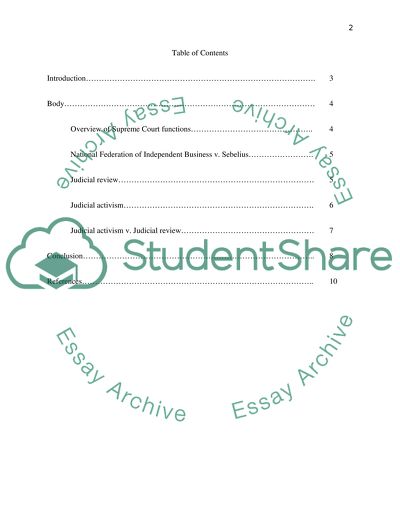Cite this document
(“Was the US Supreme Court Health Care Decision Written by Chief Justice Essay”, n.d.)
Retrieved from https://studentshare.org/history/1454919-was-the-us-supreme-court-health-care-decision
Retrieved from https://studentshare.org/history/1454919-was-the-us-supreme-court-health-care-decision
(Was the US Supreme Court Health Care Decision Written by Chief Justice Essay)
https://studentshare.org/history/1454919-was-the-us-supreme-court-health-care-decision.
https://studentshare.org/history/1454919-was-the-us-supreme-court-health-care-decision.
“Was the US Supreme Court Health Care Decision Written by Chief Justice Essay”, n.d. https://studentshare.org/history/1454919-was-the-us-supreme-court-health-care-decision.


